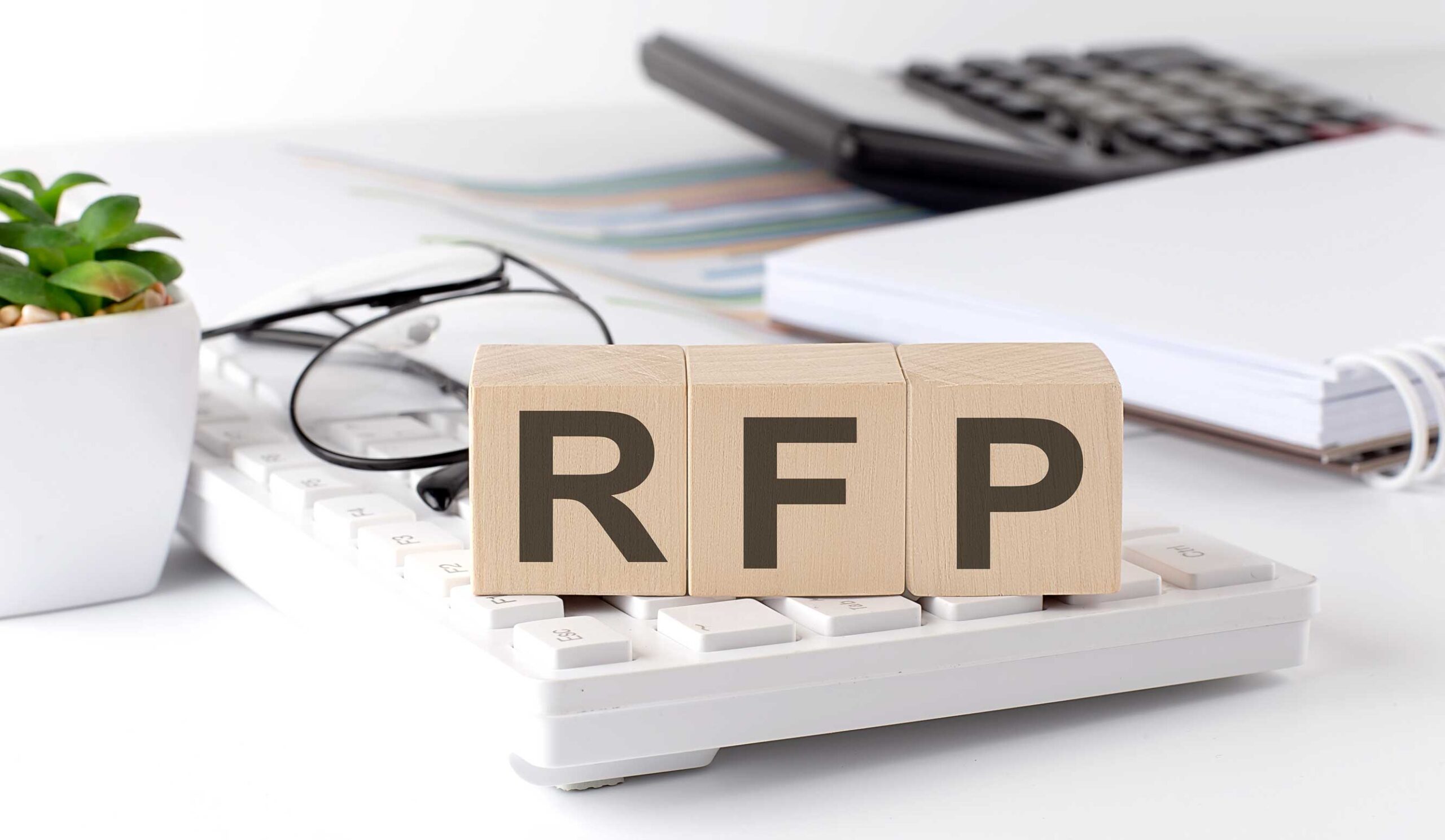
This article by Charmel Rhyne was first published on Law.com.
This two-part series examines the evolution of contract lifecycle management (CLM), which has accelerated tremendously in recent years. Yet despite the continued innovation driving steep market growth, there is no true one-size-fits-all CLM solution. Many organizations purchase expensive platforms rich with features they will never use, rather than a solution based on their actual business needs. But the right system can help legal teams better position themselves as a partner within their organization, facilitating a streamlined approach to handling contracts with improved business outcomes.
Part I: Ancestors of CLM
The history of contract lifecycle management (CLM) can be traced back over 5,000 years when cuneiform tablets were used to record business transactions. Ledgers and contracts inscribed in clay were as important in ancient times as digital transactions are now in the 21st century. In fact, ancient Mesopotamians routinely used contracts such as labor agreements, sales agreements, and marriage agreements. Interestingly, writing was developed out of the need for contract recording, which was also crucial for true market-based economies.
CM Solutions, Late 20th Century
Fast forward to the late 20th century: The first digital contract management (CM) systems were systems of record — or document management systems — ensuring the accuracy of contract databases was their key function. These were the days before SaaS evolved to the point of sophistication it’s at today, so most software was hosted on-site. As a result, implementations required months to configure and complete. The early days of modern CM consisted of relying on spreadsheets, systems of record, emails, and phone calls, all of which contributed to difficulties of tracking contract status.
First Generation CLM Makes Its Debut
So, what’s the difference between CM and CLM? CM was essentially a document management system in the 1990s and early 2000s. Current CLM software, in contrast, empowers legal, sales, procurement, and other teams with end-to-end control of the entire contract cycle — its lifecycle — using the strategic mix of people and technology to maximize the process. Rather than dealing with a patchwork of spreadsheets and emails, CLM uses a contract repository with automated functionality that supports all phases of the contract lifecycle from capture and creation, through negotiations and approvals, to execution and post-execution management.
The era of first generation CLM was expectedly disjointed. Some software providers focused on specializing in certain domains such as spend management and matter management, while others focused on a specific stage of contract management. And to make matters worse, many vendors called their offerings “end-to-end,” adding to the confusion and disappointment. Although some legal departments and lawyers were initially happy with their rudimentary systems, in the end they invariably found themselves with limited CLM functionality. Since customer relationship management (CRM) and enterprise resource planning (ERP) solutions were already well established by that time, some providers were targeting customers of CRM and ERP with their CLM offerings.
Tweaking CLM to Help Better Meet the Needs of Lawyers
However, CLM has evolved a lot over the past decade. Many of the early CLM solutions were little more than glorified CM solutions with a few extra bells and whistles. While easy to implement, they had difficulty handling the more complicated tasks involved with contracts, as the inherent challenges of contracts presented significant roadblocks to the development of CLM. For example, digitizing the complex contract process and not considering how lawyers negotiate and finalize contracts have been formidable obstacles, given the complexity of contracts and the various functions required (such as redlining).
When you add the fact that many early CLM solutions didn’t fully address how lawyers negotiate and finalize contracts, it exacerbated the problems incurred in software development and usage. Not to mention, there still exists a lack of legal terminology standardization, adding to the complexities of developing effective CLM solutions that meet the needs of most users. Many legal professionals would consider managing contracts to be the most challenging business task in terms of technological and legal issues because of the lack of contract standardization, contract noncompliance, limited contract visibility, and process isolation from other systems. Another key issue is change management – lawyers want to work in Word because it’s familiar and they can avoid having to learn how to do the same thing in newly implemented software. And if the new software isn’t intuitive enough for the lawyers, it won’t be long before they revert to Word.
Fortunately, first generation CLM has gradually evolved over the years to become true next generation CLM solutions and systems of engagement that manage the end-to-end process of contracts, supporting all phases of their lifecycle. Part II of this series will focus on next-generation CLM solutions, and the innovation driving the industry toward even more intriguing and uncharted territory.
Part two of this two-part series will take a closer look at next generation CLM solutions, and how innovation is driving the move toward more rightsizing that prioritizes what users really need, helping to promote long-term success by connecting the legal department across the enterprise as a valued partner.








